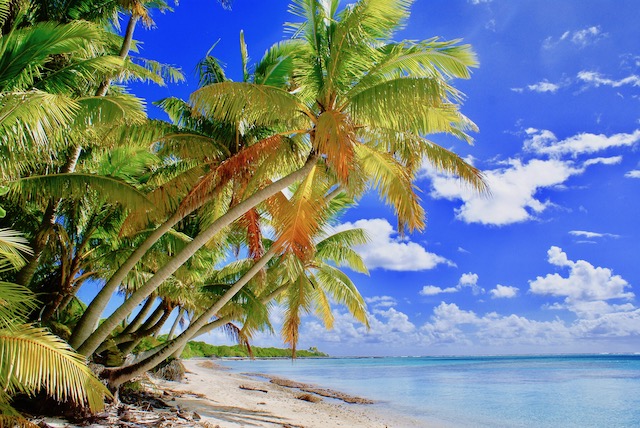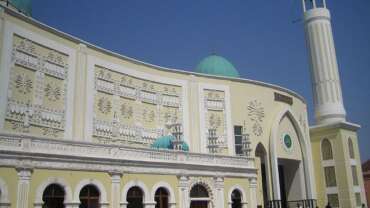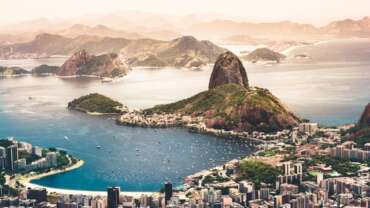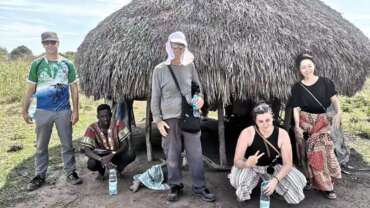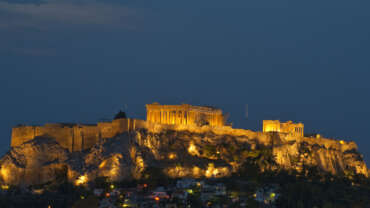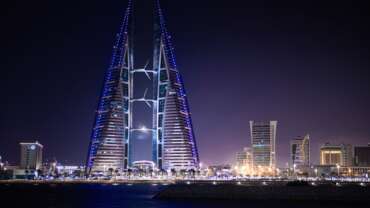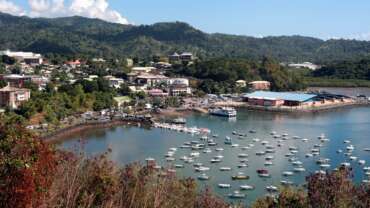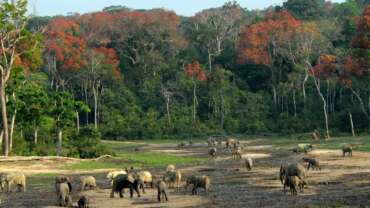Welcome to Pitcairn Islands - Come, Explore...
The Islands
Welcome to the very special Pitcairn Islands group; Pitcairn, Henderson, Ducie and Oeno Islands. Isolation and lack of habitation have contributed to these island’s distinctive – yet fragile – ecosystems. Lying in the central South Pacific, Ducie and Oeno are small low atolls, while Henderson is a much larger raised coral island.
The islands of Henderson, Ducie and Oeno, support remarkably pristine habitats and it is important for future generations that visitors help keep them this way. The greatest threat to these islands’ ecology is non-native plant seeds and animals being accidentally brought ashore. Introduced animals and plants can wreak havoc on the native ecosystems, causing irreversible damage. When visiting, it is important you do not inadvertently introduce plant seeds or animals that will disturb these fragile habitats.
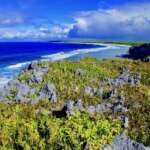
Henderson Island
Henderson Island – Declared a World Heritage Site by UNESCO in 1988. Henderson is one of the world’s least disturbed raised coral islands. Measuring 37km2, it rises to 30 meters above sea level.
Henderson Island has a unique assemblage of plant and animal species. It supports 73 plant species, of which 9 are found no-where else in the world. Its four land birds are unique to Henderson: a fruit pigeon, a small parrot, a warbler, and a flightless rail. The island is also a vital haven for nesting seabirds. For these reasons and because its ecology is virtually intact, despite extensive early Polynesian occupation, Henderson was declared a World Heritage Site by UNESCO in 1988.
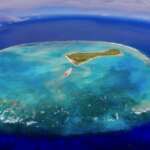
Oeno Island
Oeno is a low-lying atoll island located about 120km North-West of Pitcairn. Although first discovered by Captain Henderson of “Hercules”, it takes its name from an American Whaler, which sighted the Island in 1824.
Oeno lies inside a lagoon, and the sand bar, which is constantly undergoing change, is currently unattached from the Island.
Oeno is a beautiful island untouched by development, and surrounded by white sandy beaches. the Island is home to a number of birds such as the Murphy’s Petrel, Sooty Tern, Brown Noddy, and other species. With the successful eradication of rats in 1997 these birds have a higher chance of survival and will, hopefully, flourish.
Oeno was once a retreat for Pitcairners for generations. They would make the trip during the summer months to enjoy the white sandy beaches that are lacking on Pitcairn. Leaving Pitcairn in the evening they board the Longboats and make the overnight trip to Oeno, arriving early the following morning to make their way through the breakers and into the lagoon.
The Longboat crews are very experienced in avoiding the coral shoals that edge the channel leading to the island. Once landed two camps are set up. Two tents, consisting of ropes strung between two trees with a large tarpaulin thrown over and stretched as far as possible, are constructed to accommodate the campers.
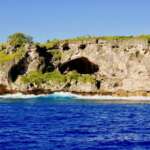
Ducie Island
Captain Edwards, of HMS Pandora, on his mission to find the “Bounty” mutineers, in 1791 sighted Ducie Island; but not Pitcairn, which lay only 479km to the west. Ducie is a reef-ringed atoll only 6 meters above sea level.
The land surrounding the lagoon is covered at the edges by fine coral; there are few trees, no undergrowth, and very little soil. There is no fresh water. The Island is a nesting place for several varieties of Pacific birds, and lizards are the only other known inhabitants. With the eradication of the island’s rats during 1997, the birds now have a safer living environment.
Dark Sky Sanctuary

Pitcairn Islands named the only Island group in the world to be a designated International Dark Sky Sanctuary.
The Pitcairn Islands have exceptionally stunning dark skies, free from all light pollution. In late 2018 the Government of Pitcairn Islands made application to the International Dark Sky Association (IDSA) for the 4 islands in the Pitcairn Islands group to be granted the status of an International Dark Sky Sanctuary (IDSS). On March 18th 2019 the IDSA formally approved Mata ki te Rangi – being designated an official International Dark Sky Sanctuary.
It is currently the only island group in the world to be listed as an IDSS.
Mata ke ti Rangi – Eyes to the Sky International Dark Sky Sanctuary encompasses all 4 islands in the Pitcairn Islands Group, a total land area of 43.25 km2 .
Pitcairn is one of the 4 islands in the Pitcairn Islands Group. The other three islands (Oeno, Henderson and Ducie) are uninhabited. Henderson is a UNESCO World Heritage site, home to many endemic species of flowering plants, birds and insects. All 4 islands are surrounded by a Marine Protected Area. At 834,000 sq. km, it is the world’s 3rd largest such area.
Pitcairn Island itself is one of the world’s most remote inhabited islands. It lies in the South Pacific approximately 2300 km east of Tahiti and 6500 km west of northern Chile. At latitude 25.1 degrees, it is just south of the Tropic of Capricorn, the climate and vegetation are sub-tropical.



